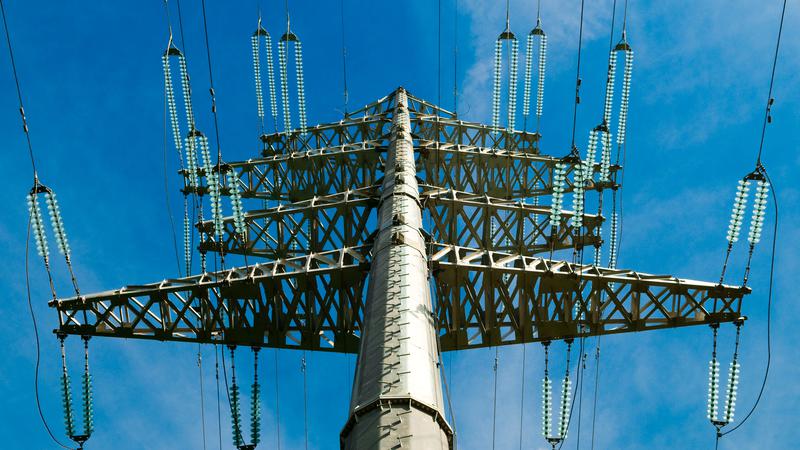
CHARBONNEAU: One big grid is the solution to secure electricity
PROFESSOR MICHAEL D. MEHTA of Thompson Rivers University makes a number of good points in his recent article regarding a secure electrical system.
However, he’s thinking in the wrong direction when he suggests that the solution is microgrids.
The recent electrical blackouts in Texas have focused the problem of electricity security. In a state that prides itself on independence and abundance of energy, it was the height of irony that they should suffer from an electricity shortage that left people freezing in the dark.
Texas’ problem was that its electrical grid was too small. In an attempt to avoid federal regulation, Texas constructed a grid that is a virtual island. So when the cold snap hit, when wind turbines froze and natural gas generators quit, they had only themselves to rely on.


